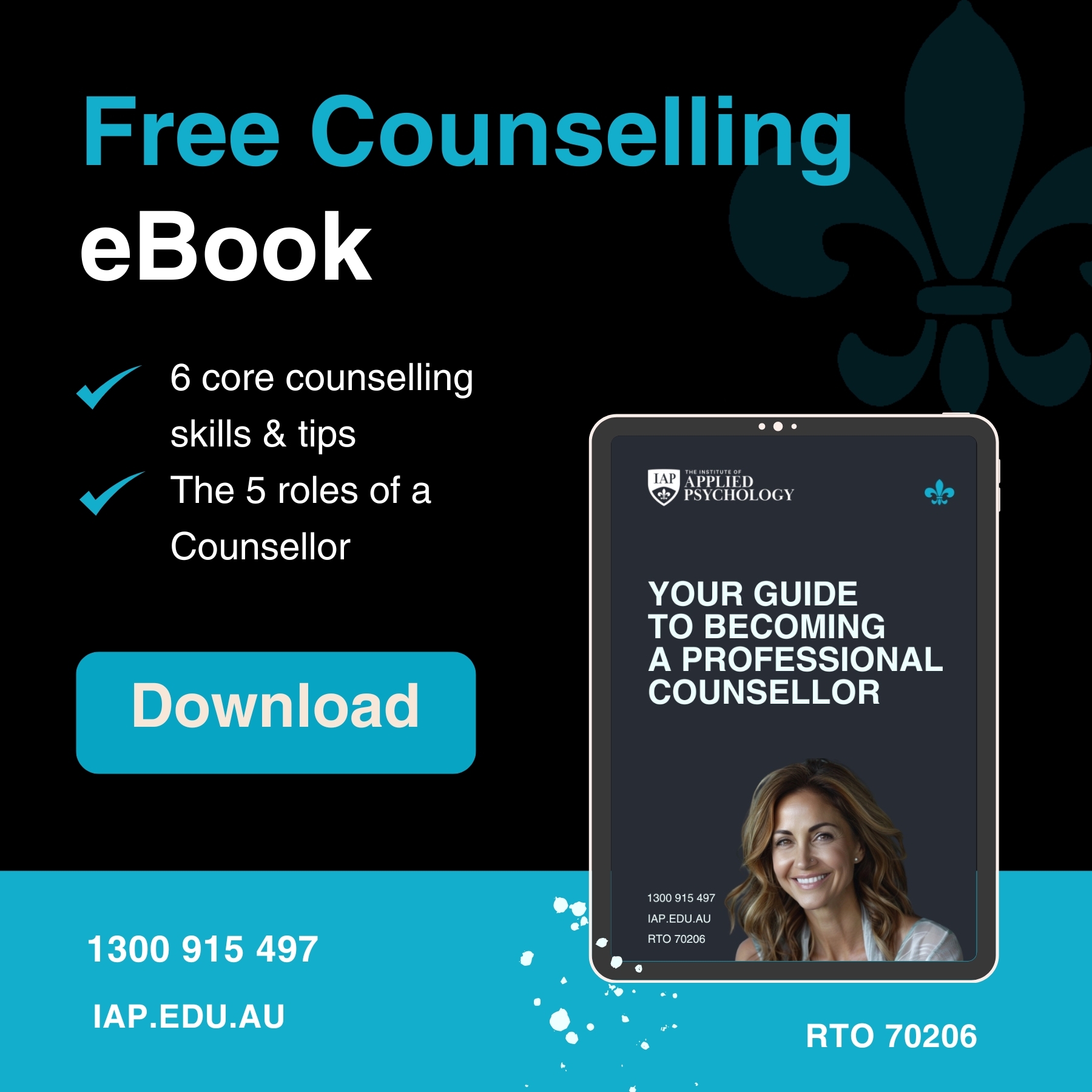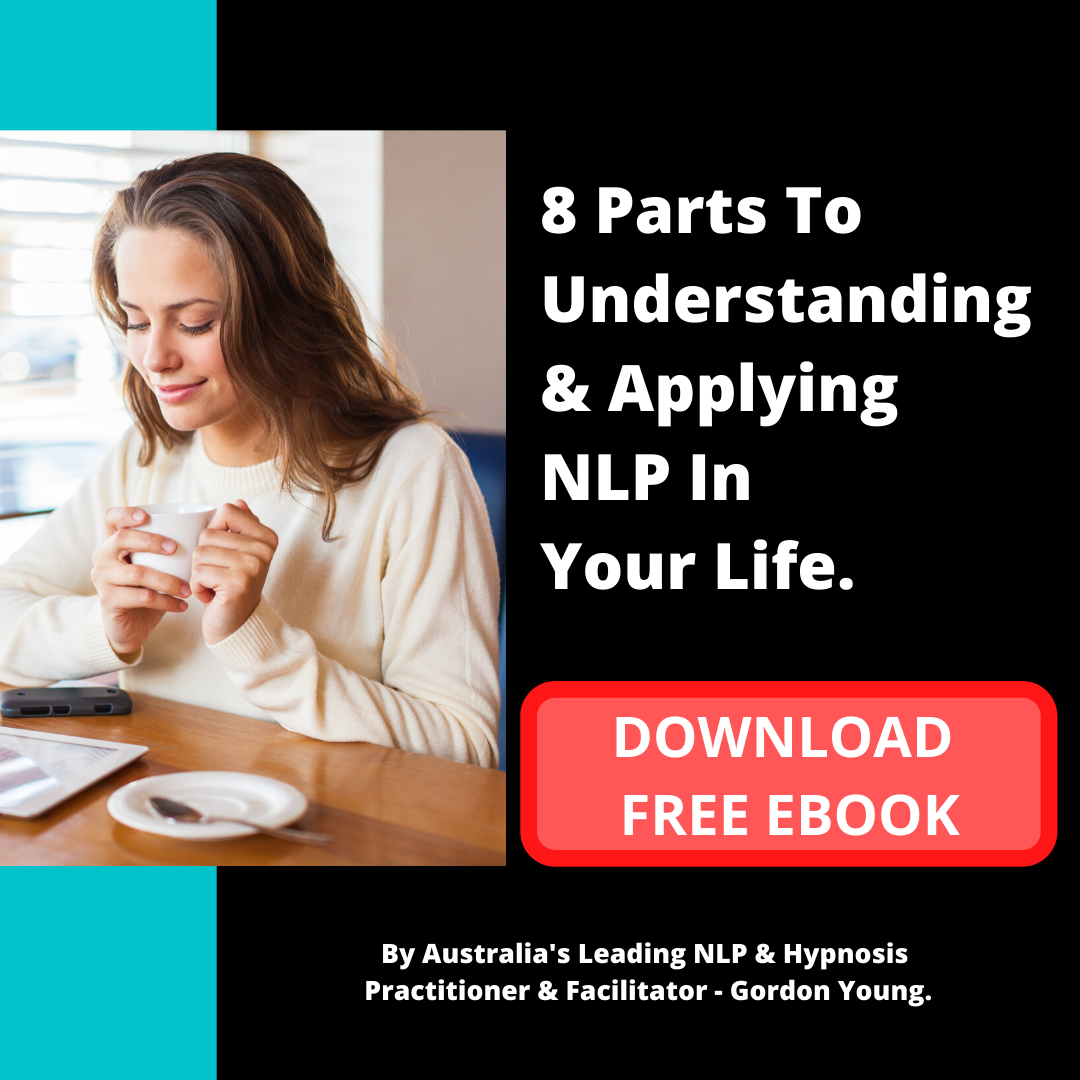4 techniques for counsellors and therapists to help children
Unlocking Emotions: To Help Children and Adolescents Express Their Emotions
Children and adolescents often face unique challenges in expressing their emotions. Developmental stages, social pressures, and family dynamics can make it difficult for young people to articulate their feelings.
Counselling Techniques
Effective counselling techniques for children are essential for professionals working in child therapy and mental health. Counsellors for children employ a variety of child counselling techniques tailored to young clients’ unique needs and developmental stages. These may include play therapy, art therapy, and cognitive-behavioural approaches, among others. Children’s counsellors must be adept at adapting their counselling strategies to engage and support their young clients effectively.
For those interested in pursuing a career in this field, applied psychology courses such as the Diploma of Counselling or Certificate IV in Mental Health provide valuable foundational knowledge. For more advanced specialisation, a Graduate Diploma of Relationship Counselling can offer insights into family dynamics and their impact on children’s mental health. These qualifications equip aspiring counsellors with the skills and understanding necessary to make a positive difference in children’s lives through evidence-based counselling techniques and interventions.
As a counsellor, you play a crucial role in helping children navigate their emotional landscapes. Here are the top four techniques you can use to assist children and adolescents in expressing their emotions more freely.
The Importance of Emotional Expression for Children and Adolescents
Being able to safely express emotions is crucial for the overall well-being of children and adolescents. Emotional suppression can lead to a range of negative outcomes, including increased stress, anxiety, depression, and behavioural problems. When young people are allowed to express their feelings freely, they can build stronger relationships, improve their mental health, and achieve a greater sense of self-awareness and fulfilment.
Recent Statistics on Mental Health in Australian Youth
According to the Australian Institute of Health and Welfare, mental health issues are a leading cause of disability among young Australians. In 2021, approximately one in seven children aged 4-17 experienced a mental health disorder. This statistic highlights the urgent need for effective mental health support and counselling for young people, emphasising the importance of helping them express their emotions safely and constructively.
Reducing Stigma and Shame
One of the significant barriers to emotional expression for children and adolescents is the stigma and shame associated with showing vulnerability. As a counsellor, you can help reduce this stigma through several strategies:
- Normalise Emotional Expression: Reinforce the idea that experiencing and expressing emotions is a natural and healthy part of being human.
- Challenge Stereotypes: Address and challenge traditional stereotypes that equate emotional expression with weakness.
- Share Success Stories: Use examples of well-known figures who advocate for mental health and emotional openness.
- Provide Education: Educate clients about the benefits of emotional expression for mental and physical health.
- Foster Community Support: Encourage participation in support groups where children and adolescents can share experiences and support each other.
Addressing Bullying: In School and Online
Bullying, both in school and online, is a significant issue that can severely impact a child’s emotional well-being. Understanding and addressing bullying is crucial for helping children and adolescents express their emotions and recover from these experiences.
- School Bullying:
- Bullying in school can lead to feelings of isolation, fear, and low self-esteem. It is essential to recognise the signs and provide a supportive environment where children feel safe to discuss their experiences.
- Signs of School Bullying:
- Unexplained injuries or damaged belongings.
- Reluctance to go to school or frequent absences.
- Changes in academic performance.
- Withdrawal from friends and activities.
- Increased anxiety or depression.
- Online Bullying:
- Cyberbullying can be particularly harmful as it can occur at any time and often anonymously. It can lead to severe emotional distress and a feeling of helplessness.
- Signs of Online Bullying:
- Sudden changes in device usage, including becoming upset after being online.
- Social withdrawal and isolation.
- Reluctance to discuss online activities.
- Unusual secretiveness about online interactions.
- Sudden changes in mood or behaviour.

Top 5 Signs a Child or Adolescent May Need Help
Recognising when a young person needs help is the first step in providing support.
Here are the top five signs that a child or adolescent may show when they need help:
- Withdrawal and Isolation
- A noticeable decrease in social interactions and engagement with friends, family, or activities they once enjoyed.
- Increased Irritability and Anger
- Exhibiting more frequent outbursts of anger or irritability, often over minor issues, can indicate underlying stress or emotional turmoil.
- Changes in Sleep Patterns
- Experiencing insomnia, excessive sleeping, or other significant changes in sleep habits can be a sign of emotional distress.
- Declining Academic Performance
- A sudden drop in grades or lack of interest in schoolwork can signal a young person is struggling emotionally.
- Expressing Feelings of Hopelessness
- Frequently talking about feeling hopeless, worthless, or having no purpose in life can be a sign of depression or severe emotional distress.
Here are four common techniques that a counsellor could use:
1. Create a Safe and Non-Judgmental Environment
The foundation of effective counselling is creating a space where young clients feel safe and free from judgment. Children and adolescents may be hesitant to share their emotions, so it’s essential to counteract this by fostering an atmosphere of acceptance and understanding.
2. Incorporate Play Therapy
Play therapy is a powerful tool for helping children express their emotions. It uses play as a medium to help children communicate their feelings and experiences.
3. Use Creative Expression Methods
Creative activities can provide an alternative avenue for emotional expression, especially for those who struggle with verbal articulation. Art, music, or writing can help young people access and express their inner emotions.
4. Promote Emotional Literacy
Teaching children and adolescents the language of emotions can significantly enhance their ability to express feelings. Expanding their emotional vocabulary allows for more precise and nuanced expression.
Conclusion
Helping children and adolescents express their emotions is a multifaceted process that requires patience, empathy, and various techniques. By creating a supportive environment, utilising play therapy and mindfulness practices, encouraging creative expression, and promoting emotional literacy, counsellors can significantly improve their young clients’ emotional well-being.
Quick Checklist for Counsellors
- Ensure confidentiality and a non-judgmental space.
- Use play therapy to facilitate emotional expression.
- Encourage creative expression through various mediums.
- Expand clients’ emotional vocabulary.
- Practice mindfulness and relaxation techniques.
By incorporating these techniques into your practice, you can empower children and adolescents to express their emotions more freely and lead healthier, more fulfilling lives.
Remember: Helping young people express their emotions improves their mental and physical health and enhances their relationships and overall quality of life. The high prevalence of mental health issues among children and adolescents in Australia. Reducing the stigma and shame associated with emotional expression is essential in promoting a culture where young people feel safe open, and vulnerable. Addressing the impact of bullying, both in school and online, is also vital to ensuring their emotional well-being.
To discuss becoming a qualified counsellor, download our CHC51015 Diploma of Counselling course outline here or call 1300 915 497 and speak to a dedicated advisor.








